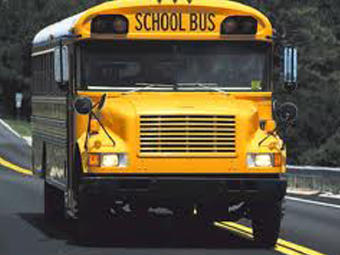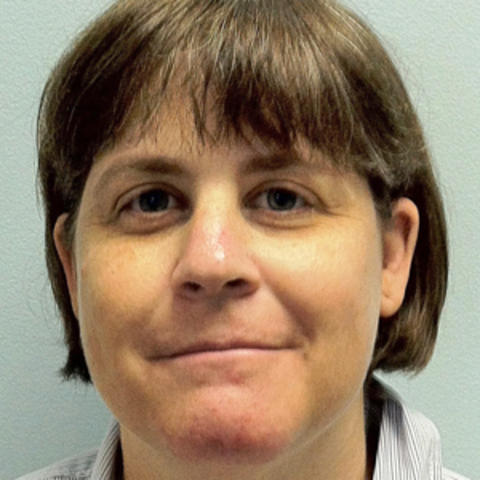
Section Branding
Header Content
How to Stop Bullying
Primary Content

Those four middle school students who taunted a 68 year old bus monitor, recorded it and posted it on YouTube are being suspended for the year. The incident renewed the conversation on how to handle bullying in education systems.
In this post, Hollande Levinson, Education Director for the Anti-Defamation League Southeast Region comments on programs such as the Peace Project in Maryville, TN that resolves conflicts peacefully.
In the public conversation about bullying, we mostly hear about what went wrong. So, it’s truly refreshing to hear about Mike Crabtree’s Peace Project initiative in Maryville, TN, - where kids are trained to stop fights before they happen - because it’s a great example of the many amazing educators out there who really “get it.”
As a leading provider of anti-bias and anti-bullying training and resources, through No Place for Hate and A WORLD OF DIFFERENCE Institute, the Anti-Defamation League has worked in thousands of schools to implement effective and comprehensive strategies to create respectful schools. The Peace Project incorporates many of the core components that we have found contribute not just to preventing bullying but, beyond that, and even more significant, create schools that truly are communities of respect:
- Cultural Relevance/Specific Needs of School: The initiative must be tailored to meet the individual needs of the schools and community so that is culturally relevant. Every school is different so an effective program needs to be flexible and developed with the individual school.
- Student Leadership/Peer Education: The initiative needs to incorporate at its core developing student leadership and peer to peer education. As Mr. Crabtree points out, adults can’t be everywhere, and bullying happens where adults aren’t. Research and evaluation continuously shows that peer to peer education is a key to success. In addition, that peer leadership needs to be chosen very carefully, exactly as Mr. Crabtree describes, for the influence they have on diverse peer groups. It is also important to draw on support from people who have proven expertise to work with kids, as well as the in- school adult advisors, to do that training effectively! If you don’t, the student leaders will be ineffective and the initiative will be undermined.
- From Bystander to Ally: The core message needs to be creating an environment where kids feel empowered and have the skills to step up when they see name-calling or bullying happen. Bystanders are the largest group, of course, and most kids want to do the right thing (at least most of the time!)—but they are scared of being called a “snitch” or becoming a target themselves. There are a lot of ways to be an ally that don’t involve direct confrontation (see Be An Ally: 6 Simple Ways), and training kids who can then teach/train other kids in these skills transforms the culture of the school.
- Community-Wide Approach: No school can do this alone! Note that Mr. Crabtree drafted the local college for support. Also, involving a group of schools doing the same thing together, with the same message, across a school system, will strengthen the initiative. And once you have student experts, THEY can be the ones to design and lead programs for parents. Parents will come out more often when their kids have a role in a program, so it’s a great way to get parent involvement and open dialogue between students and adult family members.
- Culture Change (long term): Successful initiatives start with the question of, “What kind of school culture do we want?” No one-time speaker or assembly program can accomplish that. It takes sustained, ongoing commitment. As one teacher who has led her school’s No Place for Hate initiative described to us, “No Place for Hate is how we do things here.” Similarly, Mr. Crabtree points out, “I think what I want to do is focus on is the notion of creating a peaceful school that doesn’t welcome bullying, that doesn’t allow bullying to happen.”
- Address Diversity/Bias-based Bullying: One of the missing components of many anti-bullying initiatives is addressing bias and prejudice as the source of many instances of name-calling an bullying. Research shows that the three most targeted groups are students who are or are perceived to be gay or non-conforming to gender stereotypes; students who are overweight; and students with disabilities. If we truly want to eliminate bullying and create a culture of respect, we MUST address bias and issues related to diversity.
Kudos to Mike Crabtree for his work to create peaceful schools, where there truly is “No Place for Hate”!
Secondary Content
Bottom Content





